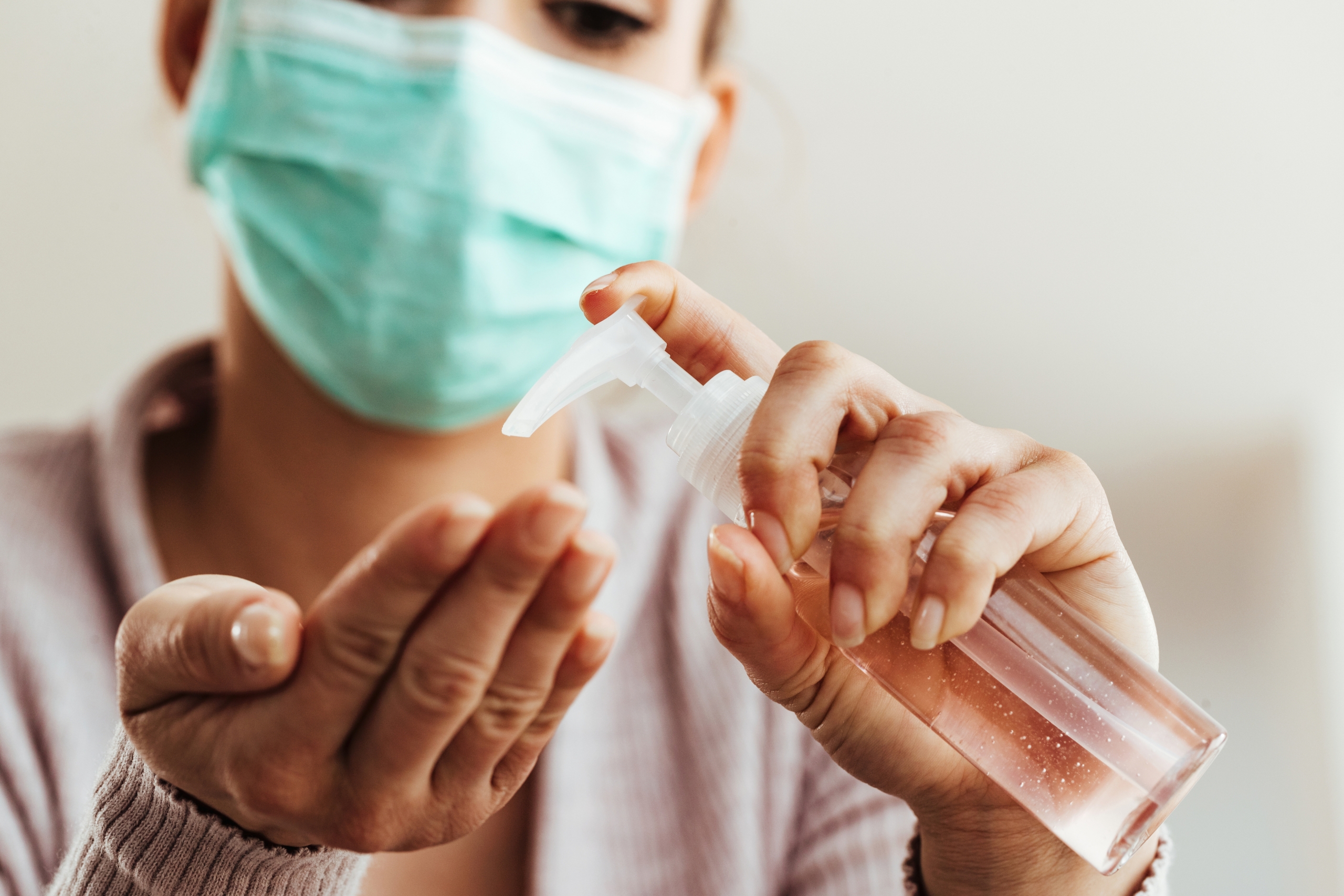
Dr. Anil Agarwal, Nephrologist
For patients undergoing hemodialysis, infection prevention is not just a recommendation, it’s a necessity. Hemodialysis patients have a compromised immune system and face a heightened risk of infections, which can affect their lives in a multitude of ways.
Many suffer from bloodstream infections, which can lead to hospitalization and even life-threatening complications like sepsis. Catheter-related infections and skin infections near the vascular access site, also quite common, can put patients in the hospital as well. Any of these infections can delay hemodialysis patients’ upcoming kidney transplant. Luckily, with education and vigilance, patients can use strategies to avoid many of these infections.
In my years as a nephrologist, I’ve seen how small, consistent efforts can dramatically improve patient outcomes. A simple infection prevention checklist can help patients stay on track. The checklist ought to include:
- Daily hygiene habits: washing hands before and after touching the access site, keeping the area clean and dry, looking for any redness or swelling that could indicate an infection, avoiding unnecessary contact with the catheter or fistula, protecting the access site during showers, and steering clear of public pools and hot tubs.
- Dietary habits: following a balanced kidney patient plan that focuses on patients’ protein, potassium, and phosphorus levels helps maintain overall health and supports the immune system.
- Treatment habits: Attending all scheduled dialysis sessions, getting vaccinated against common infections, taking medications as prescribed, and promptly reporting any concerns to the care team further strengthen this approach.

One patient, Celina Medina, serves as a powerful example of why infection prevention is so critical. Diagnosed with kidney disease in childhood, she has endured multiple hospitalizations and two transplants. Throughout her journey, infections have been an ongoing challenge, particularly during her pregnancies when complications put both her and her children’s health at risk.
“When I was in my childhood years and my teenage and young adult years, I was in and out of the hospital with infections, but luckily my mom was very careful. She was very meticulous about having everything disinfected. I was really kept in a bubble basically throughout my whole entire life,” Celina said.
“I got married and I had my first child at 24,” Celina said. “And because of the deterioration of my health, luckily my unborn child in the womb was actually keeping me moving forward with her kidneys. I had a very hard pregnancy – my daughter was born at only 31 weeks. And then I went into my first dialysis when my daughter was barely two years old.”
Later, after having her second child, Celina started feeling sore in the area around her Central Venous Catheter (CVC) port. It was tender, but she didn’t have a fever, so doctors thought she must have just irritated it somehow. A week after her peritoneal catheter was put in, Celina found herself in the hospital with an infection in her CVC. “I was rushed to the hospital. Mind you I was incoherent at this point. I did not know what was going on.”
“Within three days, doctors were already giving me different medications, a little bit stronger to combat the infection, and within a week of staying in the hospital they started doing dialysis through my peritoneum and I went into surgery to have my CVC catheter port removed. It was then when they saw that there was so much scar tissue and it was so infected, that when they took it out they said there was pus everywhere. It was bad to the point where the doctors after my stay there at the hospital said, ‘Unfortunately, if you ever go back on dialysis you will not be able to use that same area because it’s pretty much damaged from that infection.’”
Ultimately, Celina went back on peritoneal dialysis, which lasted for 12 years, part of which she was also using a CVC. Fortunately she was able to avoid further infections and received her second transplant in May of 2019.

Throughout her experience enduring a series of health complications, Celina educated herself about how to avoid infections, implemented best practices into her daily routine, and she now lives a flourishing life. She understands firsthand how easily bacteria can spread and takes extra precautions in her daily life.
Celina said “It’s about having that presence of mind to know that if I go swimming, if I go into a hot tub, what are the dangers going to be like for me? What’s the probability of getting an infection?”
Celina’s experience with infections and the resulting health challenges had a profound impact on her life and her family’s life. However, she now manages her condition with confidence, and her discipline has allowed her to serve the homeless population of Orange County, California, while also encouraging people to do everything possible to prevent infections. “I’m always telling people, wash your hands up to your elbows. With the population that I do work with, I’m on the streets. I’m literally talking to the people that are laying on the floor underneath the bridges and I’m more susceptible to infections when it comes to that. I have my mask on, I have my glasses on, and I have my gloves.”
Celina is now a proud advocate for organ donation and a patient advocate for Dialysis Patient Citizens (DPC) whose story highlights the importance of preventing infections and the ability to lead a thriving life while keeping oneself safe. “I strongly suggest that my fellow dialysis patients discuss with their nephrologist how to best prevent catheter infections as well as new technologies that are now available to reduce the risk of infection,” Celina said. Nephrologists are now empowered to recommend new therapies to reduce the risk of bloodstream infections for their catheter patients.
Preventing infections requires a shared effort between patients and healthcare providers. Dialysis centers should uphold strict aseptic techniques, ensure staff receive ongoing infection control training, and encourage patients to speak up about any concerns. Patients, in turn, should feel empowered to take control of their own care by following best practices and maintaining open communication with their medical teams. They should discuss with their medical providers about all available methods of preventing infection that may be beneficial to them. The daily steps and a careful approach to infection prevention may seem small, but they can make a profound difference in protecting patients from serious complications.
DPC has a profound role to play in dialysis patient care. DPC’s Education Center serves as a crucial resource for new dialysis patients who may not understand the ins-and-outs of their condition. With the help of DPC, more and more dialysis patients can rest assured that they’re doing everything they can to recover and thrive.
Infection prevention is not just a medical issue—it’s a commitment to long-term health and quality of life.




